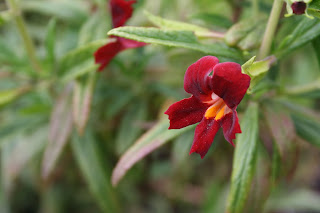



I am in awe of my sons. As with all of Life, parenting is a journey. My sons continue to offer me both sanctuary and inspiration, perhaps most poignantly in the difficult moments. Love the perspective, structure, approach, as in these photos taken by my eldest son and his best friend (a son to me as well).











